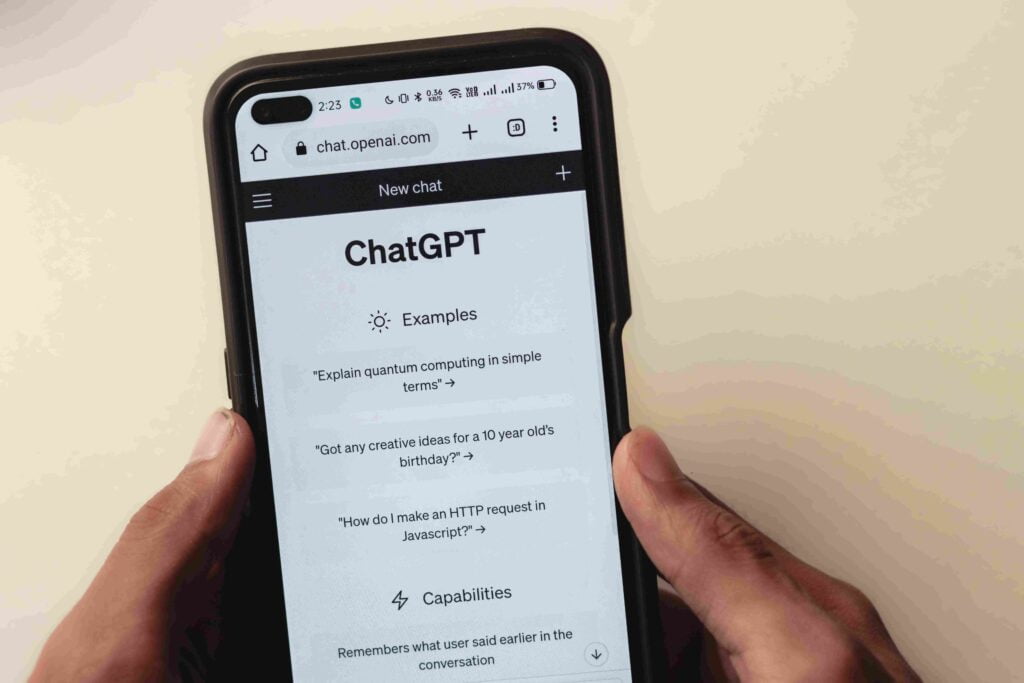OpenAI has officially launched ChatGPT Pro, a premium subscription service priced at $200 per month. This significant investment unlocks access to a range of enhanced features, most notably the inclusion of a new, more powerful reasoning model – tentatively referred to as “o1.” While details surrounding the o1 model remain somewhat scarce, the announcement signifies a major step forward in OpenAI’s commercial strategy and the evolution of large language models (LLMs). This post will delve into the implications of this premium offering, exploring its potential benefits, drawbacks, and what it suggests for the future of AI-powered tools.
What Makes ChatGPT Pro Different?
The core differentiator of ChatGPT Pro isn’t just the price tag; it’s the promise of enhanced performance and reliability. The introduction of the o1 reasoning model is the key selling point. While OpenAI has been tight-lipped about the specific technical advancements, it’s safe to assume that o1 represents a significant upgrade over the models powering the free version of ChatGPT. This likely translates to:
- Improved Accuracy: Expect fewer instances of hallucinations (generating factually incorrect information) and a more consistent adherence to prompts.
- Enhanced Reasoning Capabilities: The “reasoning” aspect suggests improved ability to handle complex tasks requiring logical deduction and problem-solving. This could be particularly beneficial for tasks like data analysis, code generation, and creative writing requiring intricate plotting or character development.
- Faster Response Times: Premium subscribers might experience significantly quicker response times, a critical factor for professional users needing rapid results.
- Prioritized Access: Pro users are likely to receive priority access to new features and updates before they become available to free users.
However, the hefty price point raises important questions. Is the $200 monthly investment truly justified for all users? The answer depends heavily on individual needs and professional applications. For casual users or those with less demanding tasks, the free version of ChatGPT might still suffice. The Pro version is arguably geared towards professionals who require consistent reliability, enhanced performance, and faster response times in their workflows.
Who Should Consider ChatGPT Pro?
The $200 price point immediately excludes many individuals and small businesses. However, for certain professional niches, the investment might yield significant returns:
- Researchers and Academics: The improved accuracy and reasoning capabilities could drastically improve research efficiency.
- Software Developers: Faster code generation and debugging could lead to increased productivity and reduced development time.
- Content Creators: The enhanced creative writing capabilities could streamline content creation, particularly for complex projects.
- Businesses with high-volume needs: Companies requiring extensive AI assistance for tasks such as customer service or data analysis might find the benefits outweigh the costs.

The Implications for the Future of AI
The launch of ChatGPT Pro marks a pivotal moment in the commercialization of AI. It establishes a clear precedent for premium, feature-rich AI tools, potentially setting the stage for a tiered service model across the AI landscape. This might lead to a wider adoption of sophisticated AI tools across various sectors, while simultaneously increasing the accessibility gap between those who can afford premium services and those who are limited to free, often less powerful options.
This premium pricing model also suggests a shift towards a more sustainable financial model for AI development. The high cost of training and maintaining large language models necessitates innovative revenue streams. Subscriptions offer a predictable revenue stream that can help OpenAI continue investing in research and development, ultimately leading to further advancements in AI technology.
However, the potential for creating a two-tiered system, where the most advanced capabilities are only available to those who can afford them, raises ethical considerations. Ensuring equitable access to the benefits of AI remains a crucial challenge for the field. OpenAI will need to address this and demonstrate a responsible approach as the technology continues to advance.
Conclusion
ChatGPT Pro, with its $200 price tag and the promise of the new o1 reasoning model, represents a bold step forward in the commercialization of AI. While the high cost might exclude many, the enhanced capabilities are likely to be highly valuable for professionals in specific fields. The long-term impact of this premium model will depend on OpenAI’s ability to balance profitability with ethical considerations, ensuring that the benefits of AI remain accessible to a wider audience. Only time will tell if this pricing model becomes the industry standard or a temporary strategy, but it undoubtedly marks a significant milestone in the journey of large language model development and adoption. The future of AI, at least in part, is seemingly premium.





